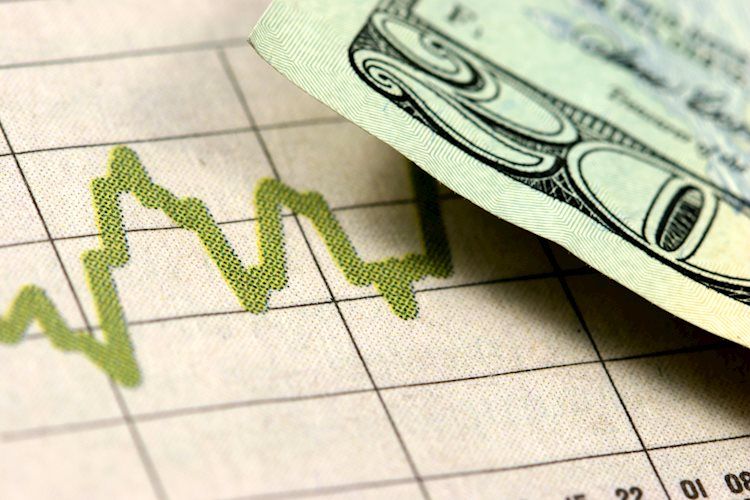Australian Dollar Forecast: Neutral
The Australian Dollar is scoping new lows on a dovish RBAThe market is finally taking on board that the Fed is serious in the inflation fightTightening liquidity could have implications for risk assets like AUD/USD
The Australian Dollar sailed south last week as the Reserve Bank of Australia (RBA) and Federal Reserve went their separate ways on monetary policy and high beta risk assets met headwinds going into the weekend.
For the RBA and the Fed, it was largely an amicable split as far as both parties publicly reported, but privately there are rumours of inflation-fighting infidelity and fingers are being pointed at the Rabbit.
The RBA raised rates by 25 basis points last Tuesday to 3.60% as widely anticipated but it was in the post-match presser when Governor Philip Lowe set the dove amongst the hawks.
The intonation from the February monetary policy statement led markets to believe that 25 bp could be expected at the March and April meetings ahead of the first quarter CPI figure that will be known by the May meeting.
Since last year, the Australian Bureau of Statistics (ABS) began releasing a monthly CPI in between the quarterly figure. This monthly figure covers 62-73% of the weighted quarterly basket. The RBA’s inflation target mandate of 2-3% on average over the business will remain tied to the quarterly CPI.
The RBA cited this monthly CPI number, which was 7.4% year-on-year to the end of January instead of the 8.1% anticipated. In the banks’ statement on monetary policy, they said, “the monthly CPI indicator suggests that inflation has peaked in Australia.”
That would be very helpful for the RBA and the economy if that is the case. However, this monthly CPI print is yet to prove itself to be a meaningful harbinger for the quarterly read. While the number was below forecasts, it remains some 400 bp above the target.
The rest of the statement covered the usual topics around the uncertainty of fixed rate loan rollovers, high inflation is bad, the housing market, household balance sheets, achieving inflation target etc.
At the same time the RBA took a dovish turn, Fed Chari Jerome Powell was testifying in Washington and made it clear that the Fed is determined to get inflation down toward the 2% target.
This pushed up the market pricing of the terminal rate, that is the maximum Fed funds target rate before an easing could be warranted.
This sent the US Dollar roaring higher but then toward the end of the week, the greenback came under pressure when CNBC reported that SVB (Silicon Valley Bank) was unable to raise capital and the Federal Deposit Insurance Corporation (FDIC) has stepped in.
This is the first collapse of an FDIC-insured US bank since near the beginning of the pandemic in 2020. SVB focuses on high-growth start-up companies
In times of expanding financial market liquidity, high-growth companies that rely on ongoing capital raising as they expand are more readily able to fund themselves. In times of tightening liquidity, capital can become more difficult to come by for these types of companies.
The upshot is that the US Dollar came under fire alongside global risk assets with Wall Street notching sizable losses on Friday. Treasury yields collapsed 15 – 30 basis points across the US curve.
In currencies, the so-called safe-haven Swiss Franc and Japanese Yen gained alongside the Euro and Sterling. The Aussie, CAD and Kiwi all dipped lower despite a broadly weakening ‘big dollar’.
The week ahead for AUD/USD and NZD/USD might be subject to more market scrutiny of what other entities are vulnerable at this stage in the tightening cycle. If risk appetite wanes across markets, the high beta Aussie and Kiwi may come under further pressure.
If the regulators are seen to have ring-fenced the SVB event successfully, the focus may return to monetary policy for AUD/USD direction.
AUD/USD AS IT HAPPENED
— Written by Daniel McCarthy, Strategist for DailyFX.com
Please contact Daniel via @DanMcCathyFX on Twitter




